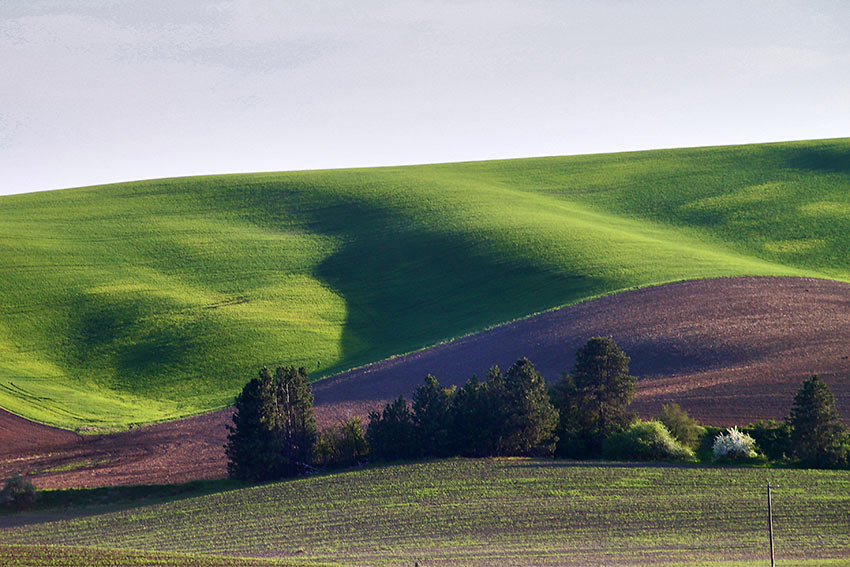
After years of long winter months with nonstop rain and a sun which refused to shine, I packed up my car in Seattle and followed the sun to the warmth of San Diego. I was not disappointed; the city was blessed with 12 months of sunshine with an average temperature between 55 to 75 degrees. Plus, it is now a model for urban renewal where having a car isn’t even necessary. Never-the-less, I would think of my family living in my ancestral homeland of Washington State often. While exploring San Diego’s infinite treasures, I lamented that I always seemed just too busy to explore the wonders in my own home state. My brother-in-law suggested that I should check out the Palouse, a sweeping pastoral area in the eastern region of the state. It’s a four-season destination, he added, and in the spring and fall the sun is always out. Then he said something that really stuck with me: ‘It is paradise found.’ Next family vacation I was off and running.
First Stop — Spokane
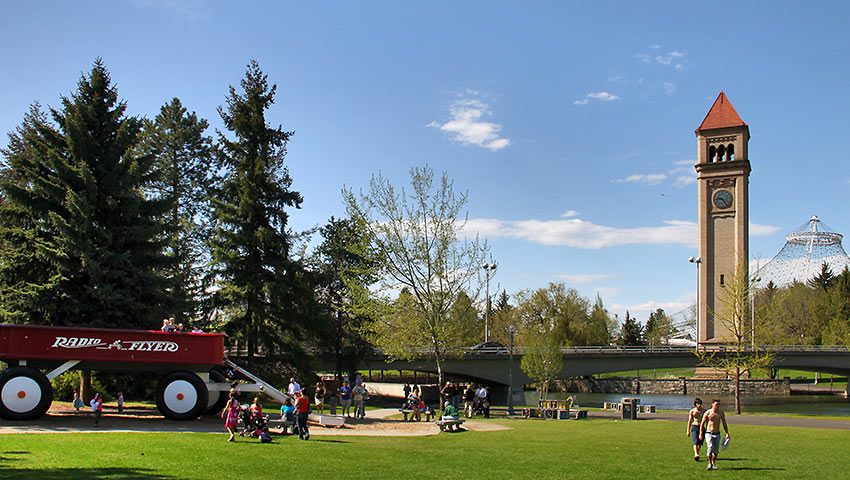
Nestled on the far eastern border of the state, Spokane was originally the home of The Spokans (“children of the sun”), who were drawn to the hunting grounds and abundance of salmon in the Spokane River. This changed with the arrival of the first European settlers who established a trading post and eventually a railroad industry that built the city.
Spokane — now the second largest city in Washington — was put on the national radar when it hosted the world’s first environmentally themed World’s Fair in Expo ’74. The event transformed the city’s urban core, removing the rail yard along the river, converting it into the 100-acre Riverfront Park, the centerpiece of the fair. Its legacy remains today with many of the attractions still in use.
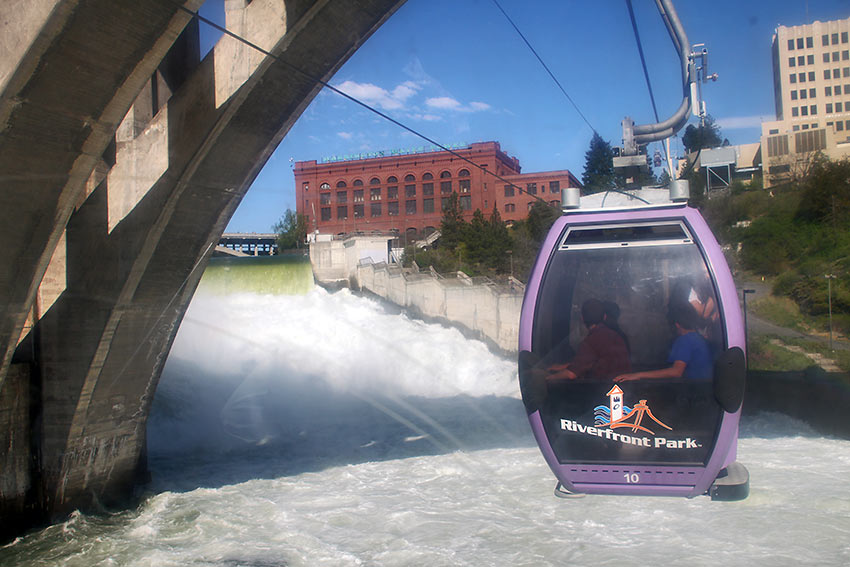
On what was a perfect Sunday afternoon, I strolled through the park, watching families frolicking on the Looff Carrousel and the Skyride which glides over the Spokane Falls. As I branched out into the city, it was easy to see that Spokane boasts the best of both worlds: a setting in spectacular natural beauty, but with a plethora of urban pleasures of a re-invented downtown, restaurants, book stores and vibrant nightlife thanks to the presence of Whitworth and Gonzaga Universities. I was hungry to see more. So I rented a car for an exploration of the Spokane Region, where I discovered a world of ancient cedar forests, pristine rivers, quaint small towns, deserted ghost towns and scores of golf courses.
Where to Stay in Spokane: The Davenport Hotel
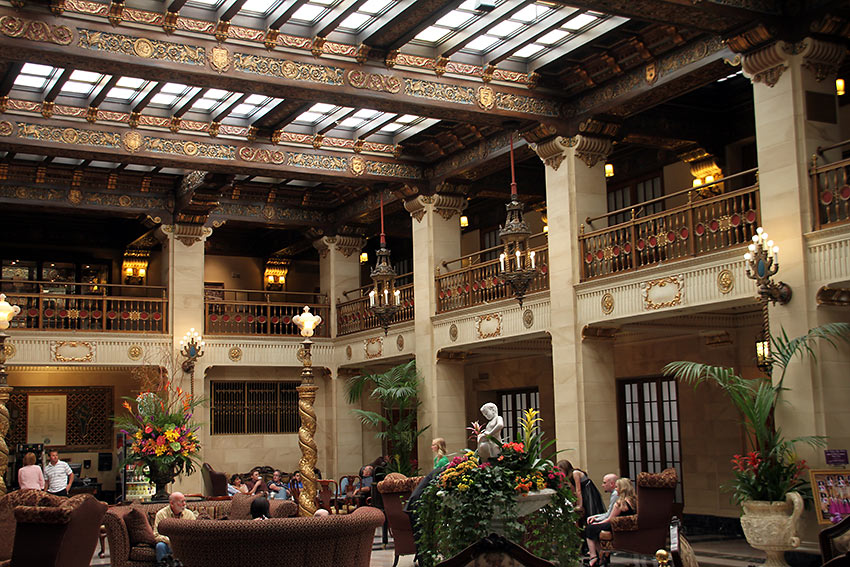
The iconic Davenport Hotel is a grand hotel of the gilded age. It helped transform Spokane’s dying city core into a vibrant destination where people have returned to live. The district is even named the Davenport Arts District. With that said, it is well-worth a self-guided tour, but it can be hard on the pocketbook.
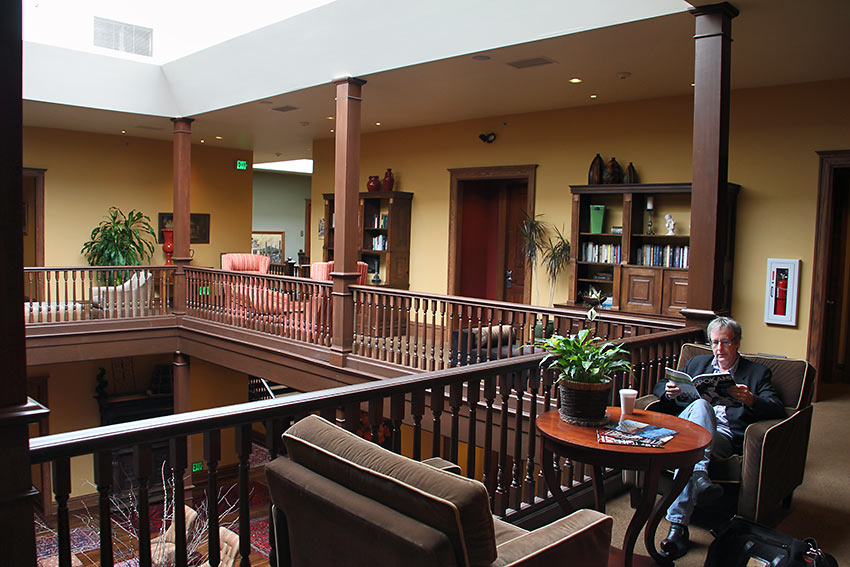
The Montvale Hotel
A pleasant alternative to the Davenport is just down the street: The Montvale Hotel. On a much smaller scale than The Davenport, this property has re-imagined itself as a premier boutique hotel with a modern twist, while still maintaining the ambience of the downtown’s bygone era. If you’re in town just for the day, it too rates a tour.
On to the Palouse — The Seven Wonders of Washington State
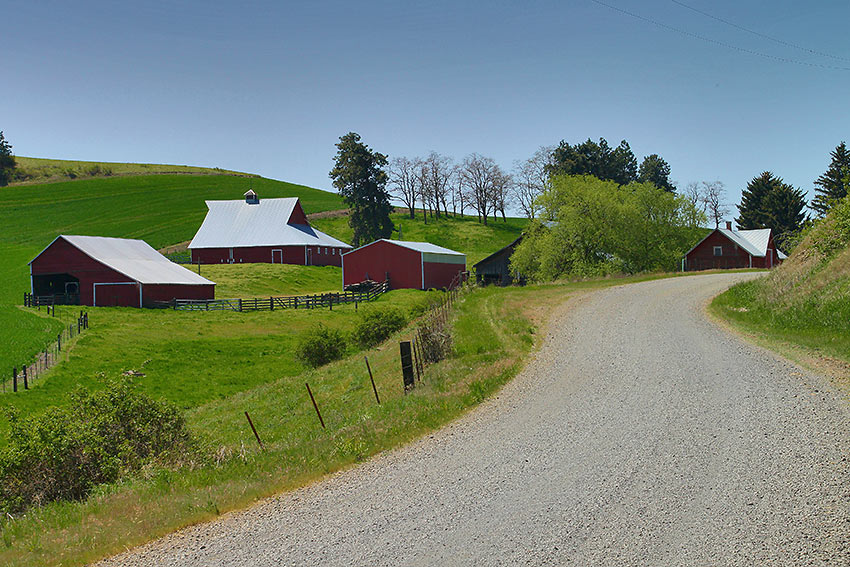
In October 1805, Lewis and Clark arrived in the Palouse region. They were stunned by the beauty and magnitude of this sweeping landscape of rolling hills and plateaus. As with other tribes on their historic exploration, they made friends with the nomadic Palus tribe, renowned as expert equestrians. The term Appaloosa is a derivation of the Palouse horse. Traditionally, the Palouse region was defined as the fertile hills and prairies north of the Snake River in southeast Washington and north central Idaho.
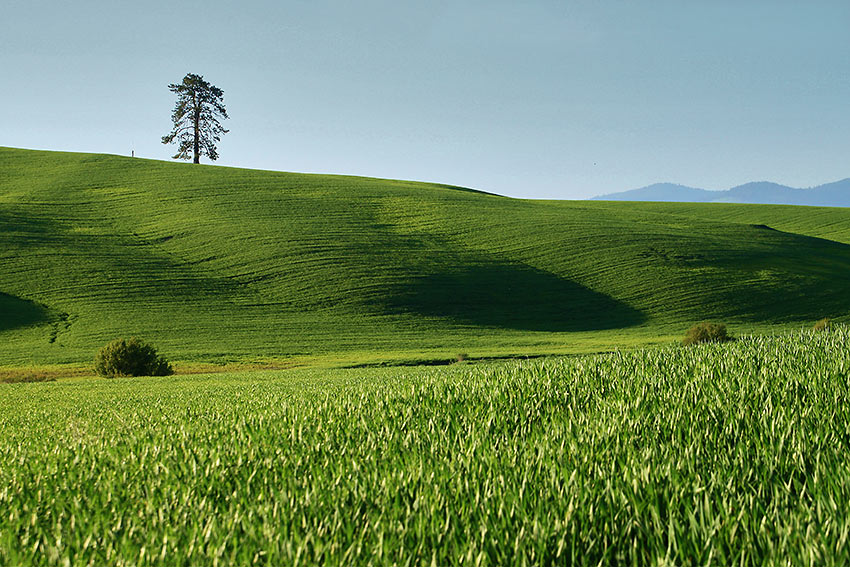
Today The Palouse Scenic Byway combines 208 miles of sweeping hills and spectacular vistas, expansive wheat fields of amber autumn gold, lentil farmlands, and small towns with distinctive, rich history and unpretentious charm.
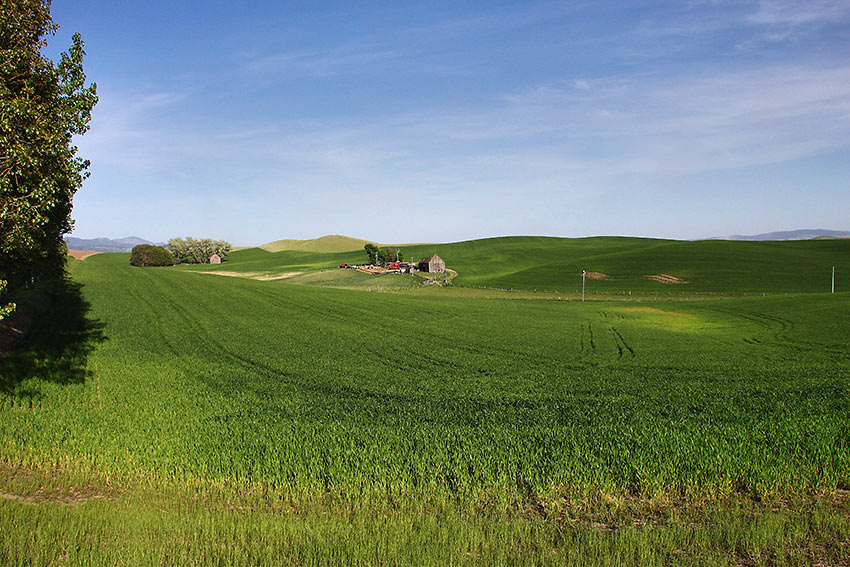
There is no center to the Palouse Scenic Byway; it is a place to simply leisurely drive along the gentle curving highways, sprinkled with antique shops, wineries, easy access venues for hiking and biking, and, above all, photography. If you ever needed to stop the world and simply relax, this is the place for it.
Selected Stops
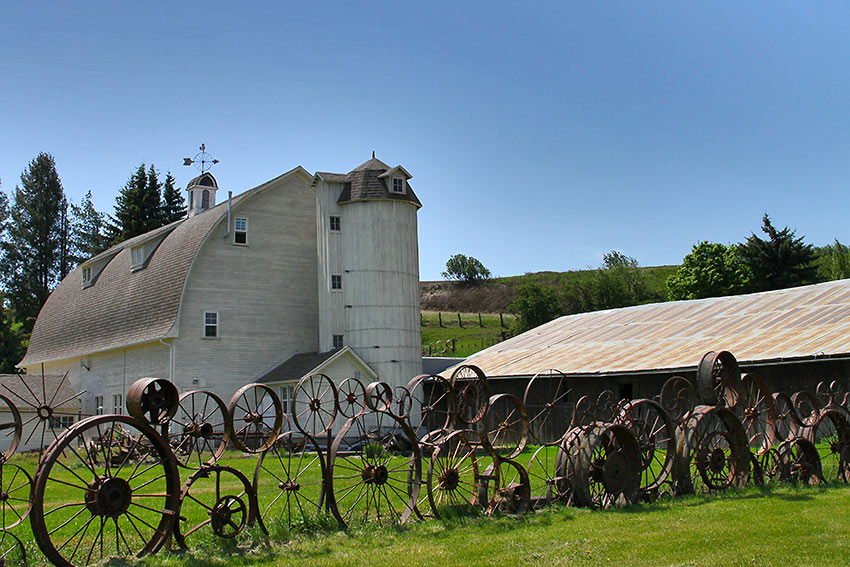
Artisans at the Dahmen Barn is a restored dairy barn surrounded by a fence consisting of more than 1000 wagon wheels. Here you can watch local artisans at work. It’s also a great place to shop for regional gifts. Then head down the road to the historic St. Boniface Catholic Church (circa 1904). The church houses the original stained glass windows.
From Kamiak Butte’s 3,641 feet crest travelers enjoy awesome panoramic views of the Palouse’s rolling hills, and a patchwork of the fields and farmlands below. Its 298 acres is ideal for hiking, picnicking, camping, and sightseeing. For wildlife viewing, the Kamiak Butte area features over 130 species of birds, 170 species of plants, and close to 30 species of mammals. Make sure you hike to the crest for unsurpassed photography opportunities.
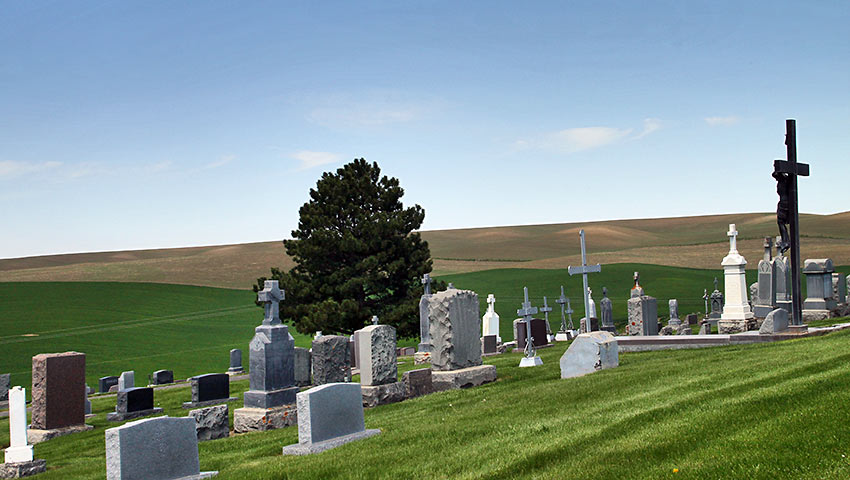
Steptoe Butte presents a spectacular 360 degree view of the Palouse. Drive or hike the three miles to the top of the 3,618 feet butte for bird watching, hang-gliding, paragliding, photography, and picnicking.
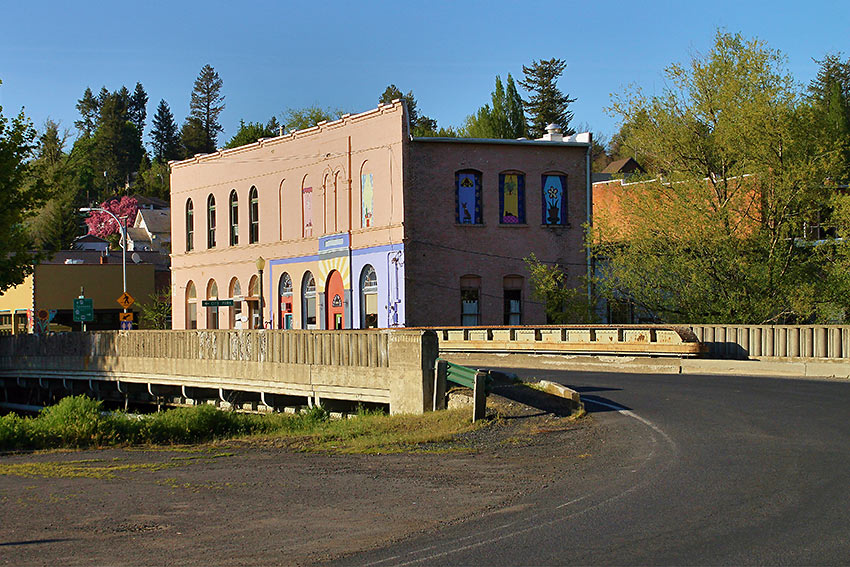
The Snake River Trail, nestled at Boyer Park & Marina, is a four mile trail that leads to the banks of historic Almota Creek, which was a resting place for the Lewis and Clark Expedition. The trail offers a series of interpretive signs explaining the Columbia and Snake River’s system, dams, river geology, and hydroelectric power.
A hidden oasis rests a short drive off the byway: the Palouse Falls State Park. The off-the-beaten-path will lead you to stunning views of waterfalls, cascading 198 feet into a round salt-rock canyon. Just outside the park is a small cluster of historical basalt houses and cabins.
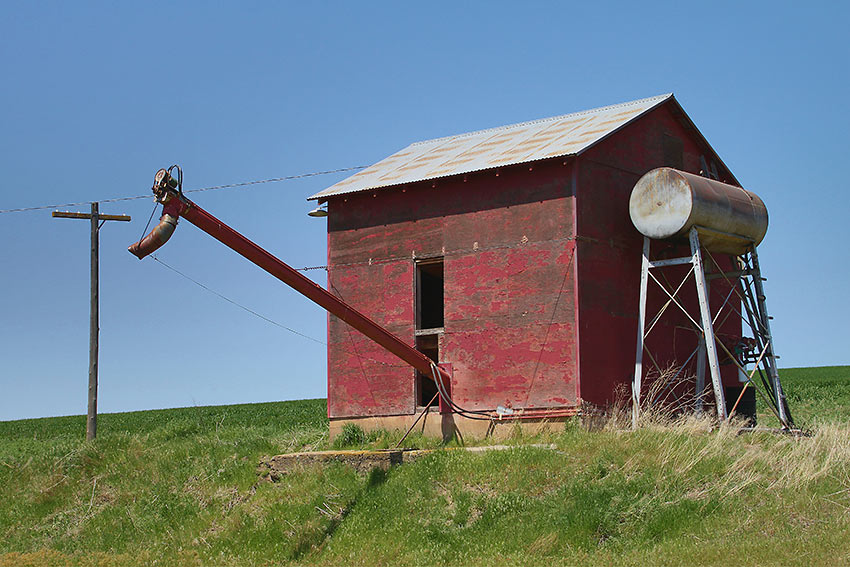
Other highlights include the J.C. Barron Flour Mill, built in 1890; the Tekoa Train Trestle that leads to the John Wayne Trail; the Rosalia Visitor Center, housed in a historic Texaco gas station; the four-acre Steptoe Battlefield State Park in Rosalia, the 1858 site where Lt. Col. E.J. Steptoe led 159 U.S. soldiers in a running fight with a large band of Spokan, Palouse and Coeur D’Alene American Indians. Make sure your day ends or evening begins with a visit to one of the many wineries or pubs in Pullman.
Pullman — My Home Base
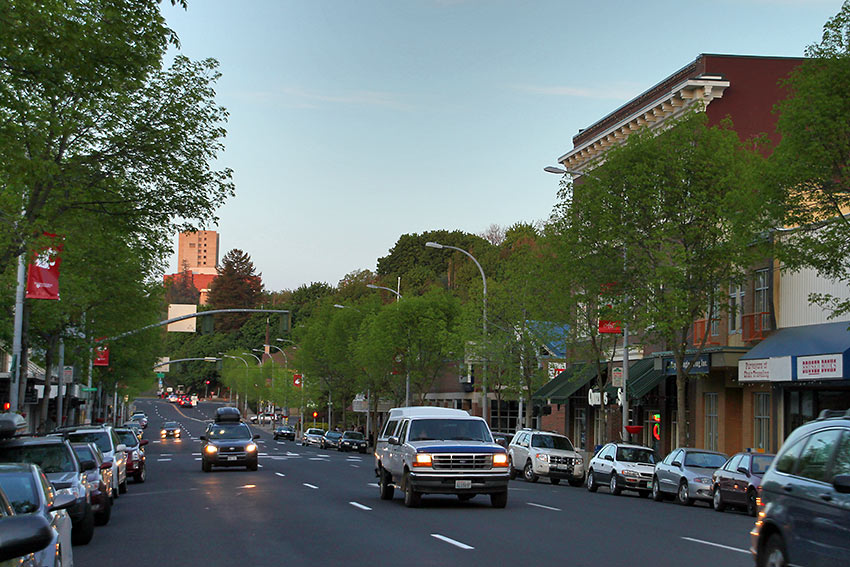
With a population of 27,030, the charming town of Pullman is similar to the much larger Spokane with spectacular natural beauty surrounding its core, plus offering urban amenities due to Washington State University towering above it. It’s also located right smack in the middle of The Palouse. There’s a refreshing small town feel, and the locals are welcoming and excited that you are exploring their area. Just across the river is the university town of Moscow, Idaho that also makes an attractive home base.
A number of Pullman restaurants have embraced the slow food movement with the emphasis on seasonal and locally grown food. With bread made from local wheat, produce from nearby farms, Cougar Cheese made at WSU, and fish from the Snake and Columbia Rivers, you are quite literally tasting the landscape.
Recommended Pullman Restaurants
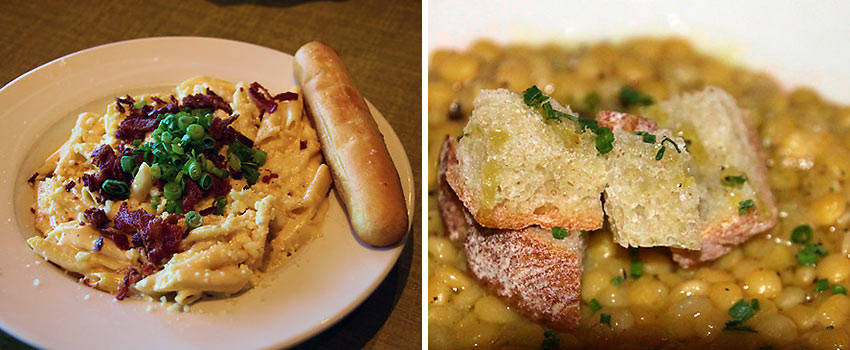
Southfork Public House is the brain child of co-owner Jim Harbour, who is also a professor at WSU. Utilizing regional ingredients, it is known for its wine and beer pairings with seasonal local food items. My favorite dish: MAC & CHEESE — penne noodles tossed in WSU-made Cougar Gold cheese sauce, topped with locally smoked bacon & seasonal scallions. The torpedo-like grissini, made with Palouse wheat, is ideal for dunking.
The Black Cypress is a venue that reflects the qualities of the Palouse region that have kept people living here. A hybrid of Greek and local food items, owner Nick Pitsilionis places an emphasis on an appreciation for honest regional food, company and drink. Many of the produce items come from his own farm. A hybrid of Greek and local food items, many of the produce items are grown on his own farm. My favorite dish: GOLDEN LENTIL SOUP — Washington is the US’ leading producer of lentils — served with seasonal bruschetta that consists of grilled local Panhandle Bakery bread made with Palouse Sheppard’s Wheat.
Where to Stay in Pullman
A Holiday Inn may not seem regional or unique, but there’s something about Pullman’s Holiday Inn Express Hotel & Suites that takes service and amenities to the next level. And even better, with many self-guided tours beginning and ending in Pullman, the Palouse is right at your doorstep.
Southwest Airlines offers non-stop flights from Seattle to Spokane.
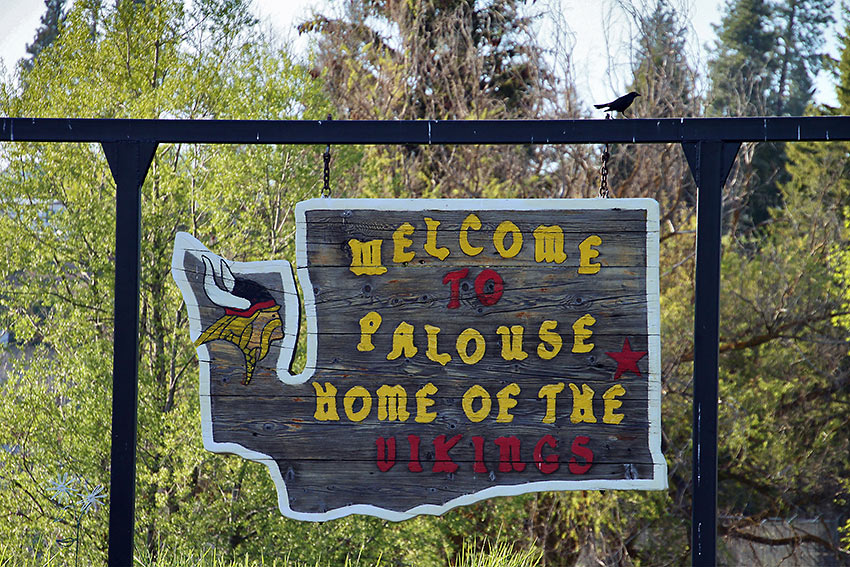


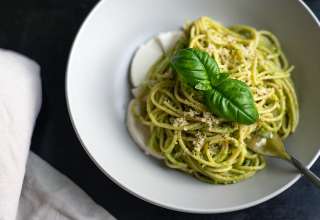
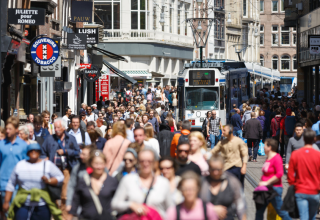
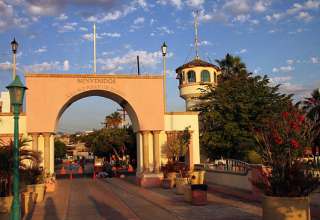
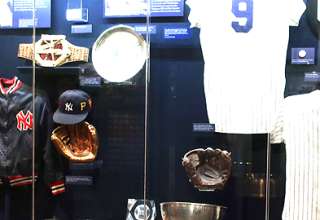
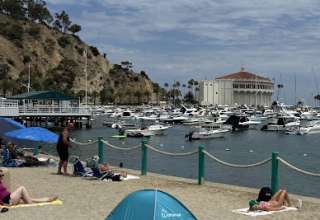
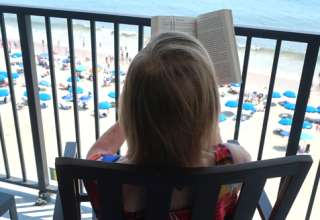
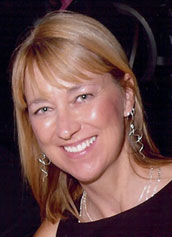 The reclusive ‘I want to be alone’ Dutch girl first came to Hollywood to promote European products to America’s young, hip and famous. Falsely labeled as the Paris Hilton of Holland, the aloof Roskamp bridled under the limelight. After a particularly embarrassing clog accident in a tulip field, she decided that she was more comfortable behind the camera, as opposed to in front of it. She brings to Traveling Boy a series of stunning photographic essays that showcase her unique and often guarded vision of the world.
The reclusive ‘I want to be alone’ Dutch girl first came to Hollywood to promote European products to America’s young, hip and famous. Falsely labeled as the Paris Hilton of Holland, the aloof Roskamp bridled under the limelight. After a particularly embarrassing clog accident in a tulip field, she decided that she was more comfortable behind the camera, as opposed to in front of it. She brings to Traveling Boy a series of stunning photographic essays that showcase her unique and often guarded vision of the world.













Bob Uken
February 15, 2020 at 7:10 pm
Deb,
You have brought a new focus on the Palouse for me! What beauty! I have only limited encounters during a hot dry dusty summer while loading a couple of loads of wheat to haul to Portland on a summer job over 50 years ago.
Great work!
Vicki
February 16, 2020 at 7:01 am
Great article. We may need to take the long way to Spokane when we visit my sister in law and brother in law.
Brent
August 8, 2024 at 11:10 am
The Palouse hasn’t been shown as beautifully since Robin Williams’ TOYS. When western Washington people say the east side is nothing but barren wheat fields I scoff. IMHO all of eastern Washington is spectacular but the Palouse is downright magical. Great article!
Tom Joyce
September 20, 2024 at 12:33 pm
Beautiful Country Vistas complete with green fields and Blue Sky. Great place to visit and see the Womderful Sights. Looks like it would be a most enjoyable place to spend some time.
Funny when thinking of Washington State this does not come into focus. Nice to know it exists.
Thanks for the information.